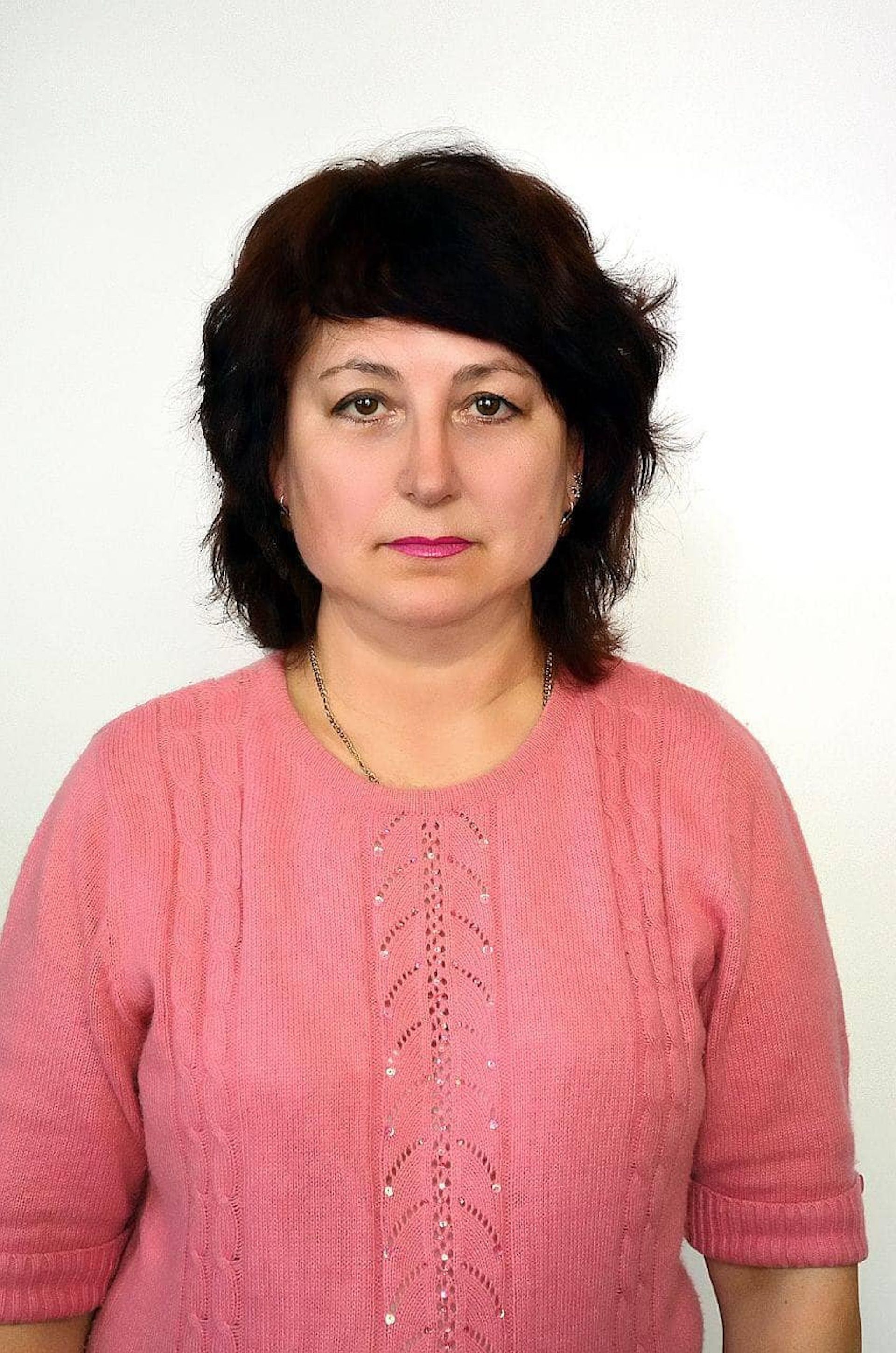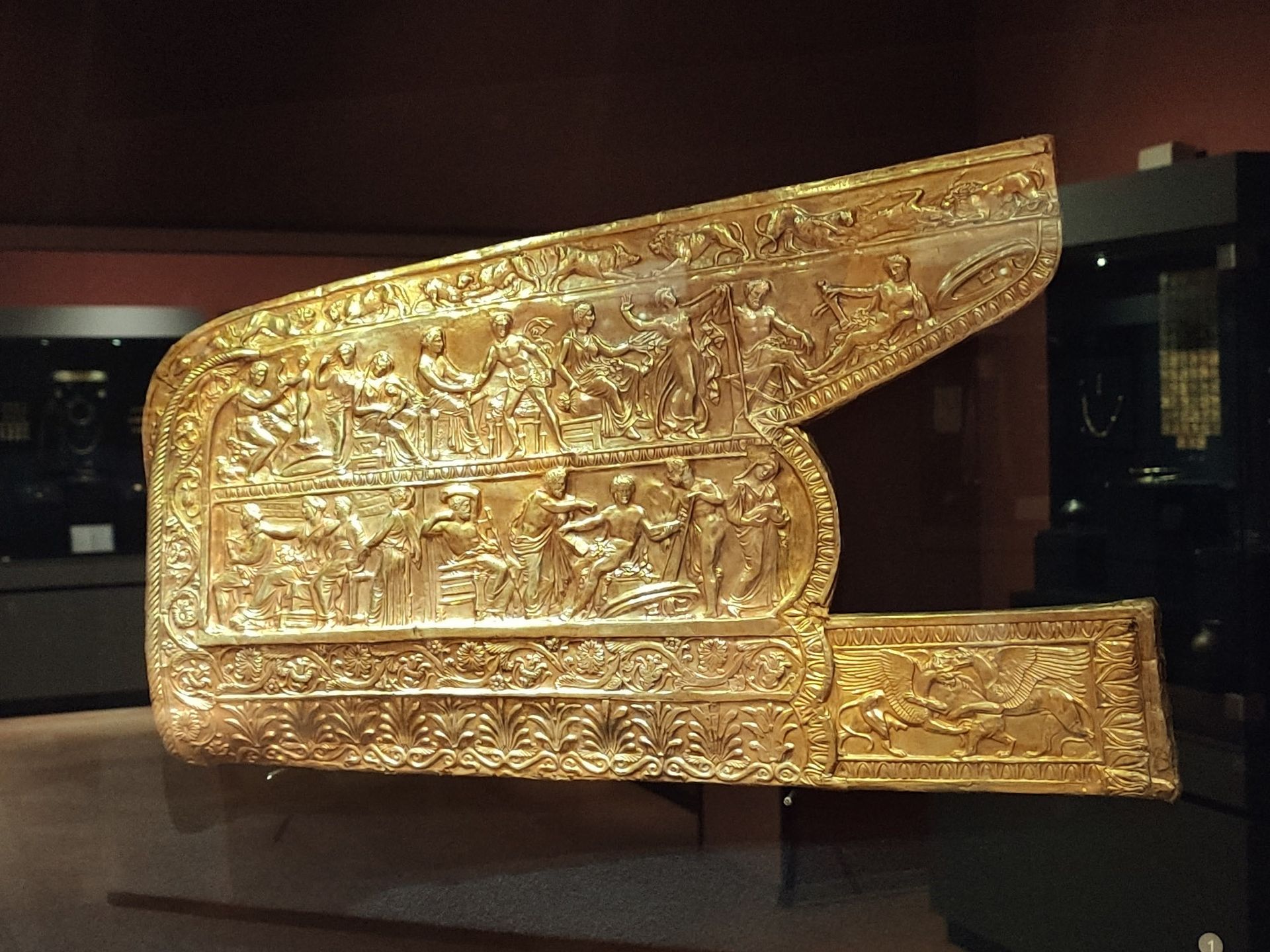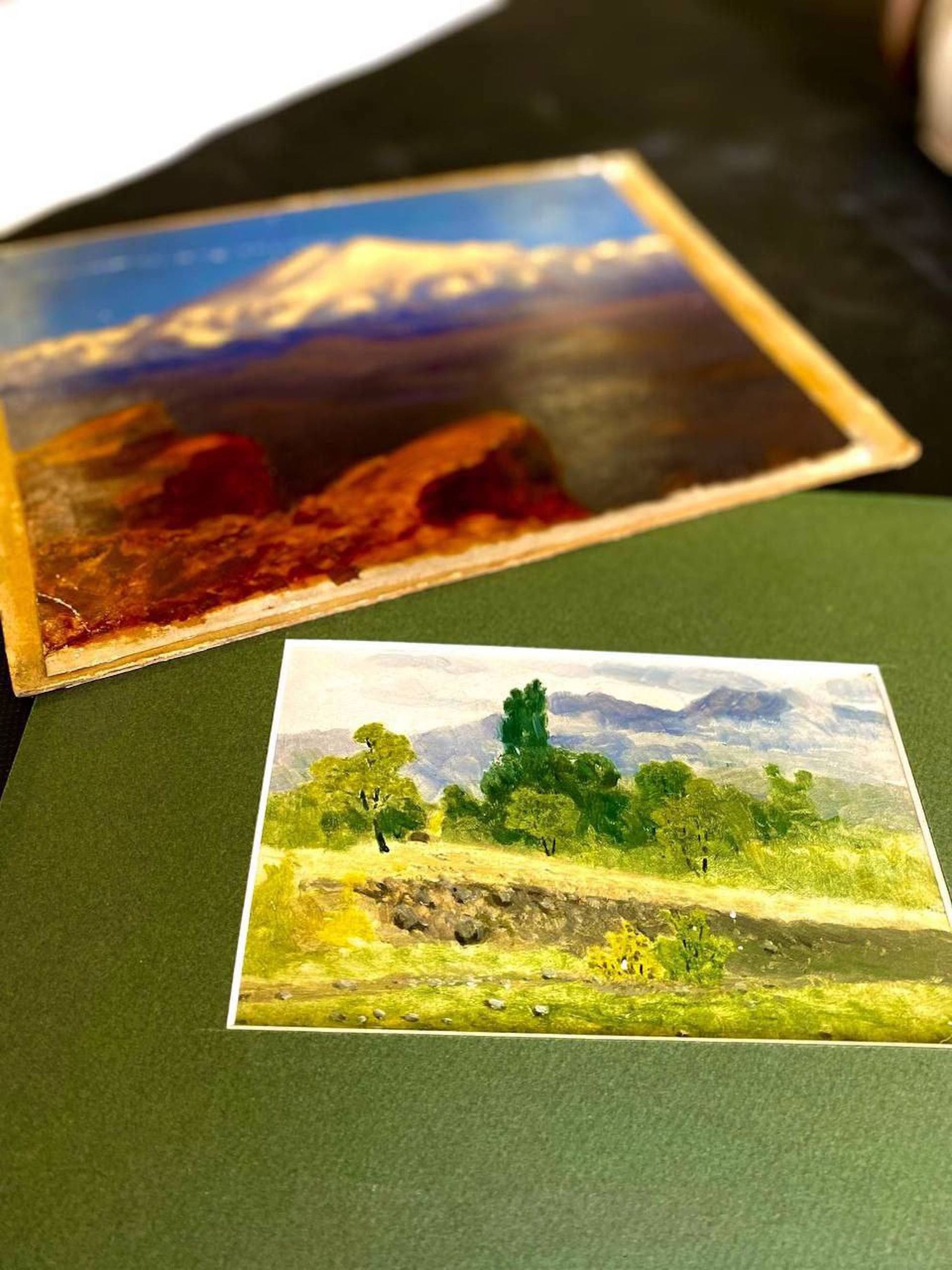The stories of museums under Russian occupation in the Ukrainian cities of Melitopol and Mariupol encapsulate the grim wartime choices facing museum workers and their impact on Ukraine’s cultural heritage since Russia invaded on 24 February.
Leila Ibrahimova, director of the Melitopol Museum of Local History, who is also a member of the legislature of the Zaporizhzhia region in which it is located—Ukraine does not recognize officials installed by Russia—was briefly kidnapped by Russian forces in March. She told the New York Times last week from an area not under occupation how Russian troops along with a Russian-speaking man in a white lab coat had tried to force a museum staffer by gunpoint to lead them to the museum’s trove of Scythian gold, which had been hidden for safekeeping. She refused, but they found it nonetheless. The curator, identified by Crimean Tatar activist Eskender Bariiev as Galina Kucher, was released but then kidnapped again and has not been seen since.

Galina Kucher, a curator at the Melitopol Museum of Local History who has reportedly not been heard from since she was kidnapped for the second time Photo via Facebook
Videos by Russia’s official RIA Novosti news agency and on other pro-Russian channels, show a man in a white lab coat, identified only as “a senior researcher” and the museum’s new Russian-appointed director, Yevgeny Gorlachev, showing off objects from its collection and saying they were saved from previous management’s plans to spirit them away to western Ukraine.
Gorlachev said the works were found “thanks to the military administration” and museum staff. The“researcher” held what he said was the Cossack saber of a Soviet colonel who had helped liberate Melitopol from the Nazis, “stolen” from the museum in March by unidentified “scum who certainly wanted to sell not only it but our entire historical heritage”. The upcoming Victory Day holiday on 9 May, which commemorates the Soviet Union’s victory over Nazi Germany, has become sacred under Russian president Vladimir Putin, who has claimed as justification for the invasion that Ukraine is run by fascists.
Ibrahimova and Kucher spoke of the Scythian gold collection with pride when it was exhibited in 2017 and 2021. “For the first time what was found on the territory of Ukraine remained in Ukraine,” said Ibrahimova of gold artefacts found during a 1954 archeological dig of burial mounds in Melitopol. “Before that everything was sent to Moscow or Leningrad.” She described the Melitopol museum’s collection as “priceless” and said it was “very securely stored”.
Melitopol’s mayor Ivan Fedorov, who was briefly kidnapped in March and disregards a Russian collaborator installed in his post, said in a Facebook video that “our local history museum is being completely looted and the history of Melitopol is being completely robbed by the Russian occupiers” and warned that the Scythian gold is “at risk of being taken to Crimea”, which is near Melitopol and was annexed by Russia in 2014.

A Scythian gold bow case dating from the 4th century BCE that was discovered near Melitopol in 1954 Photo via Wikimedia Commons
Petro Andryushchenko, advisor to the pro-Ukrainian mayor of Mariupol (Russia has also installed a rival city government there following its brutal siege), said in his Telegram channel last week that “original masterpieces” had been “handed over to the occupants” by Natalia Kapustnikova, director of Mariupol’s Museum of Local History. He said they included original works by Arkhip Kuindzhi, an artist of Greek descent born in Mariupol in the 19th century who is one of Russia’s most beloved artists. They were reportedly not at the Kuindzhi Art Museum when it was severely damaged in March. The Mariupol City Council said in a Telegram post that “over 2,000 unique pieces” had been looted from the city’s museums by “ruscists”, a now-common term combining the words Russian and fascist, including a “Gospel from 1811 created by the Venetian printing house for the Greeks of Mariupol.”

Artworks by Arkhip Kuindzhi said to have been stolen from the Mariupol Museum of Local History by Russian forces Via Telegram
Kapustnikova was shown in an Izvestia video report unwrapping Kuindzhi’s Red Sunset and other works, which she said had been hidden away then uncovered after battles ended. “We took them out so they wouldn’t be pilfered further,” she said, adding that 95% of exhibit items from the museum were destroyed after being shot up by Ukrainian forces. Fire could be heard as she spoke in the video, which also showed paintings from the Kuindzhi Art Museum being loaded into a truck. Fighters from Ukraine’s Azov Battalion remain dug in amid the wreckage of Mariupol’s vast Azovstal steel plant along with hundreds of sheltering civilians. The people’s militia of the separatist pro-Russian Donetsk People’s Republic reportedly helped evacuate surviving works that the director of the Donetsk Republican Art Museum told Russia’s official Tass news agency had been brought there for temporary storage.
Kapustnikova became director of the Mariupol museum in 2017, selected in a competition run by the Ukrainian government. In her speech for the post she spoke Ukrainian.


